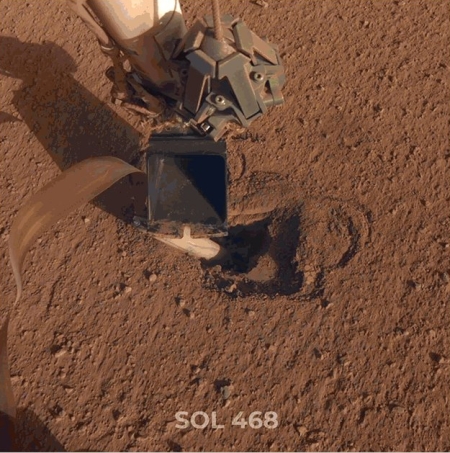Parker successfully completes fifth solar fly-by
The Parker Solar Probe has signaled scientists that it has successfully completed its fifth solar fly-by without damage.
On June 9, 2020, NASA’s Parker Solar Probe signaled the success of its fifth close pass by the Sun, called perihelion, with a radio beacon tone. The spacecraft completed the fifth perihelion of its mission two days prior, flying within 11.6 million miles from the Sun’s surface, reaching a top speed of about 244,225 miles per hour, which matches the spacecraft’s own records for closest human-made object to the Sun and fastest human-made object, set during its fourth orbit on January 29.
Mission controllers at the Johns Hopkins Applied Physics Laboratory in Laurel, Maryland, received a “status A” beacon from the spacecraft at 4:40 p.m. EDT. Status A is the best of four possible status signals, and indicates that the spacecraft is operating nominally and the instrument suites are collecting science data. This beacon tone comes after a five-day period where communications with the spacecraft were not possible.
The data from this fly-by will arrive during the summer. Meanwhile, the spacecraft will next do a fly-by of Venus to slow it down further so that it can get even closer to the Sun on its next orbit.
The Parker Solar Probe has signaled scientists that it has successfully completed its fifth solar fly-by without damage.
On June 9, 2020, NASA’s Parker Solar Probe signaled the success of its fifth close pass by the Sun, called perihelion, with a radio beacon tone. The spacecraft completed the fifth perihelion of its mission two days prior, flying within 11.6 million miles from the Sun’s surface, reaching a top speed of about 244,225 miles per hour, which matches the spacecraft’s own records for closest human-made object to the Sun and fastest human-made object, set during its fourth orbit on January 29.
Mission controllers at the Johns Hopkins Applied Physics Laboratory in Laurel, Maryland, received a “status A” beacon from the spacecraft at 4:40 p.m. EDT. Status A is the best of four possible status signals, and indicates that the spacecraft is operating nominally and the instrument suites are collecting science data. This beacon tone comes after a five-day period where communications with the spacecraft were not possible.
The data from this fly-by will arrive during the summer. Meanwhile, the spacecraft will next do a fly-by of Venus to slow it down further so that it can get even closer to the Sun on its next orbit.











